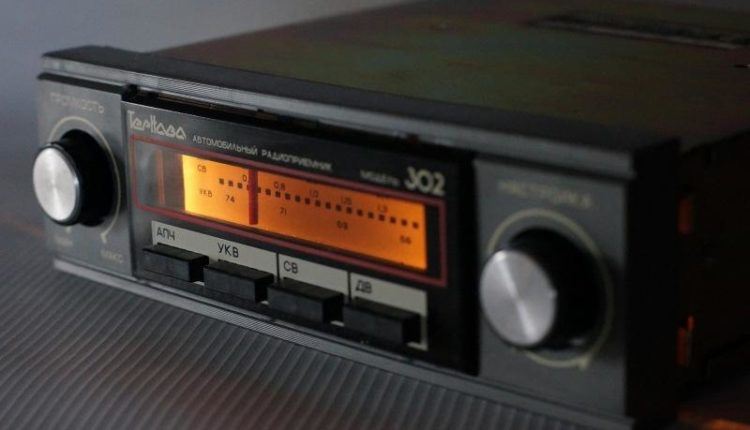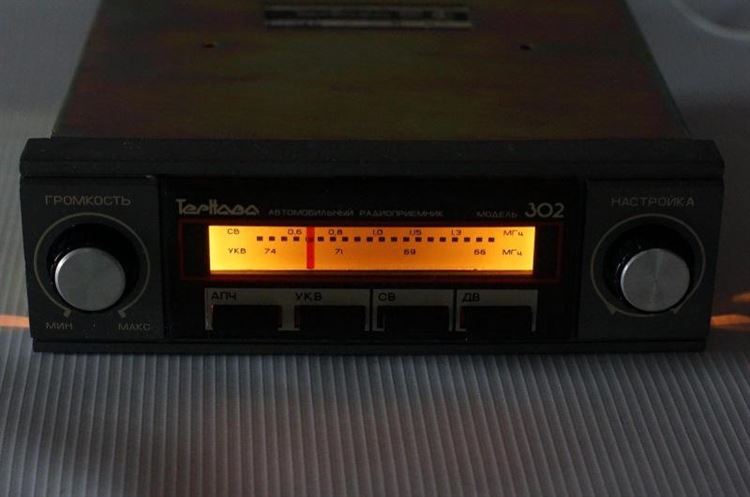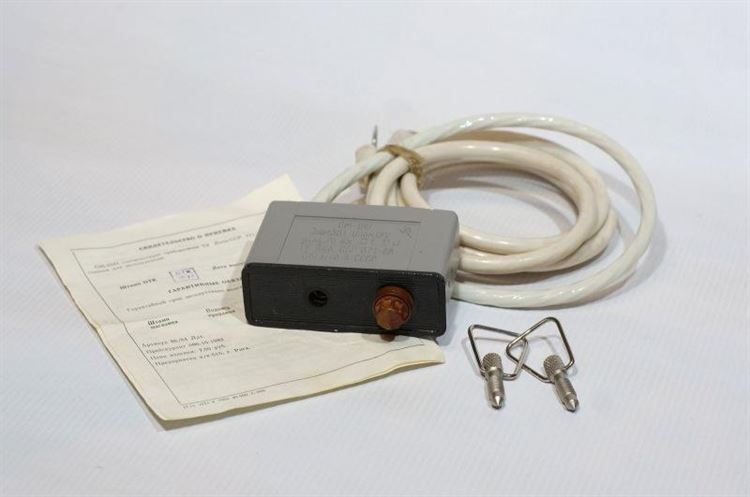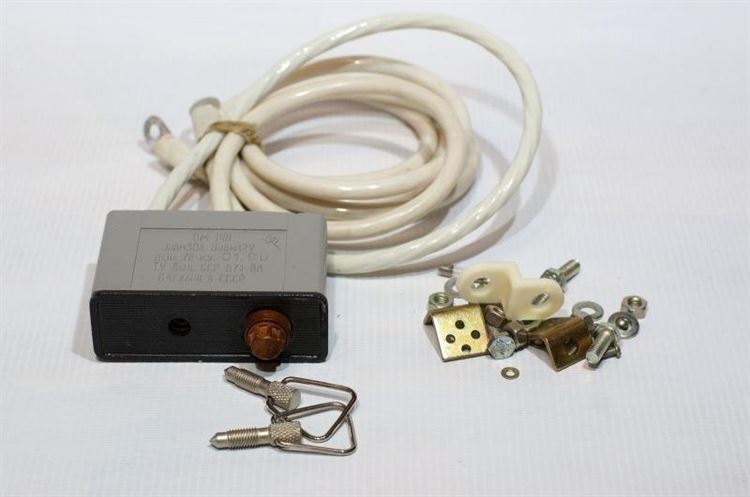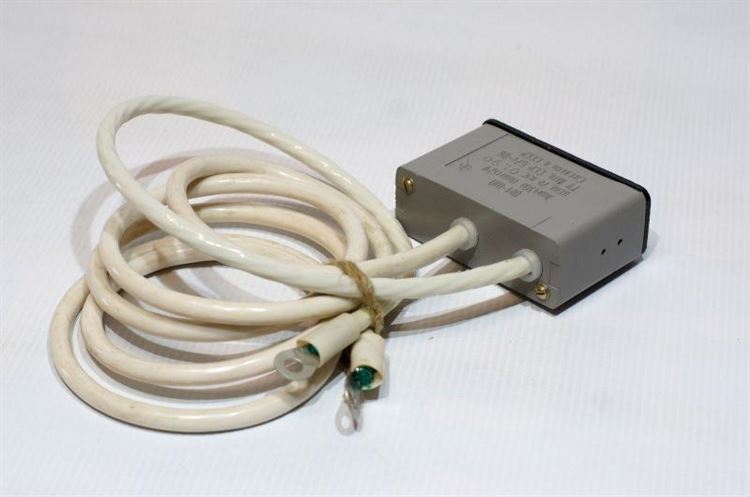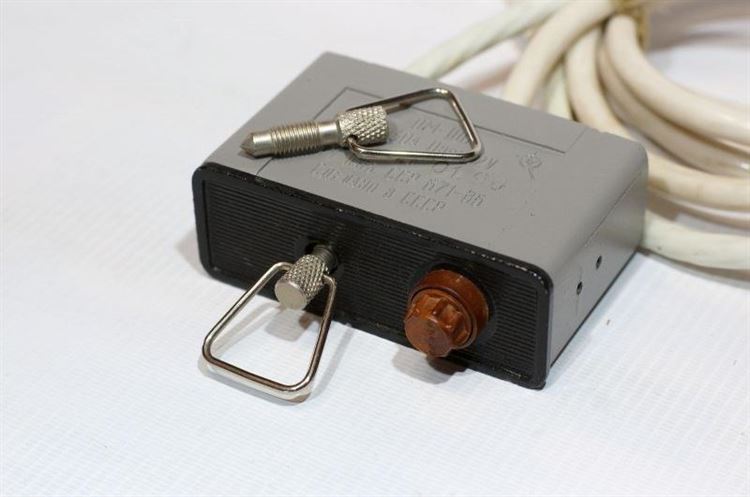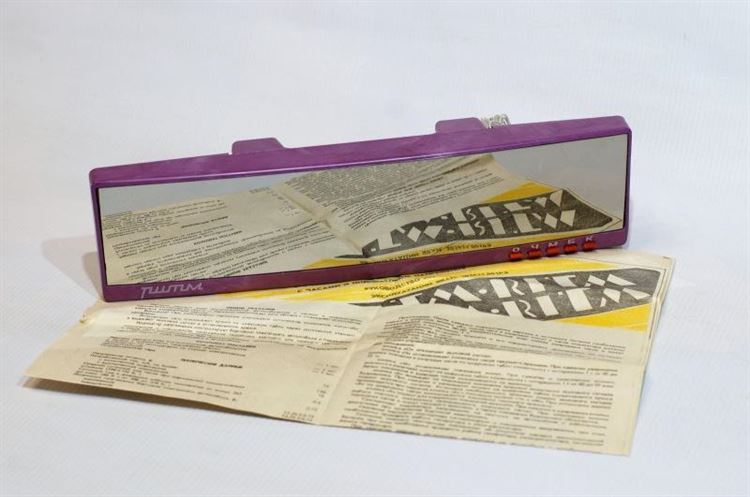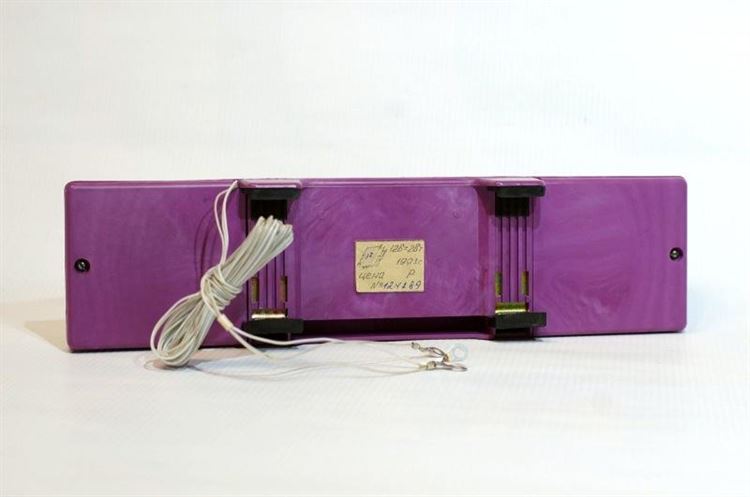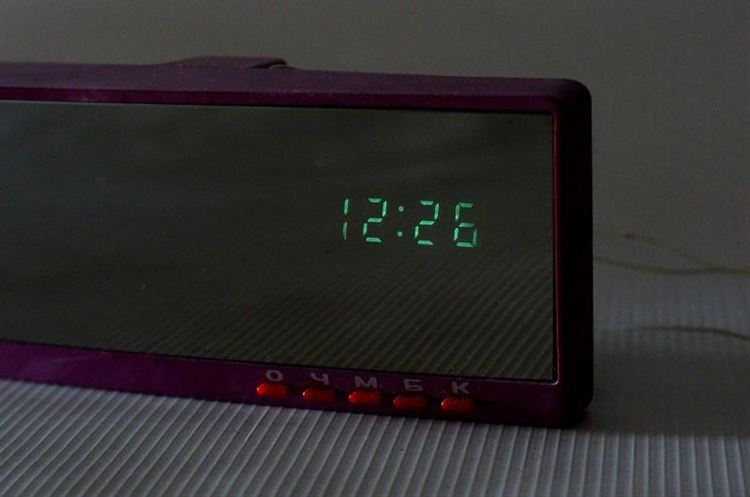Tinted receiver, anti-theft bolt and clock mirror: unusual Soviet accessories
We haven’t had any back trips and time capsule tests for a long time! It’s time to take another stroll into an era when car accessories were rare and rare items that were considered a huge fortune to sell at a yard sale. And every car enthusiast wanted to give the ascetic Zhigul or Moskvich comfort and ease of use, especially before the holidays …
This time, our retro test included three car accessories from the USSR, preserved in the form of whole “time capsules". Any of them will be a welcome gift for a car owner of the 70s-80s and even the early 90s. So, let’s begin!
The Soviet industry did not particularly care about the design of audio equipment, and our radios and tape recorders of the Bylina, Grodno, Zvezda and other families were, to put it mildly, not very attractive in appearance even in the interior against the backdrop of boring Moskvichi salons, ” Zhiguli and Volga. But the Ternava-302 radio was considered a real beauty: this product of the Ukrainian Khmelnytsky defense plant Mayak was sometimes equipped with a conveyor with a VAZ with rear and front drive, and those who had a socket instead of a radio tape recorder tried their best to buy a Ternava, and not the much more common and cheap "Epics".
This device is not without reason called the most beautiful Soviet car radio! The fact is that most of the radios of those years (and they were exclusively analog) had a tuning scale covered with transparent plexiglass, on which the bands and frequencies were marked with multi-colored symbols. It seemed, to put it mildly, so-so. But "Ternava-302" is made in a completely different way: the plastic covering the stairs is darkened, "tinted", and in the off state the lines and numbers of the row are almost invisible. But after clicking the volume knob, the scale lights up in yellow, just like in a component tuner in a home audio system! It looked great!
Unfortunately, the developers’ imagination was not enough to illuminate the volume and adjustment knobs, not to mention the band switching buttons. Perhaps they planned, but when the new items were handed over to the selection committee, they were considered unnecessary luxury and "optimized".
-
Pros: beautiful design, AFC function (when approaching the station by turning the tuning knob, the receiver itself “catches” the frequency), convenient tuning (up to eight full turns of the knob for the entire scale travel).
-
Cons: mono sound, absurd tuning logic (the frequency value on the scale increases from right to left, and not vice versa, as is usually done), lack of illumination of knobs and buttons, VHF band 66-74 MHz, which is practically useless today, rough fit.
Remote mass switch "OM-ShP", 1989
In times of complete shortage of starter batteries, batteries were valued and valued. Almost every second motorist installed a mass disconnect device on his car, but the vast majority of disconnectors were installed under the hood and had to be opened before each trip, which sooner or later became a burden. However, a rather rare switch model called "OM-ShP" made it possible to disconnect the battery directly from the passenger compartment!
"OM-ShP" was produced at an electromechanical plant in Riga and its name stands for "disconnector with a bypass fuse." At first glance, the gadget was primitive: the junction box with two powerful long wires of the starter section coming from it was simply mounted in the cabin, and the wires at the top passed under the hood through the engine shield.
However, in reality, not everything was so primitive! Firstly, the mass of the battery was turned on not by a button or a rotary switch, but by a tricky and even slightly pretty “key”, which was essentially a nickel-plated bolt with a ring that allows you to hang it on a bunch of car keys. The bolt was screwed into a hole on the OM-ShP case and closed the contacts. This created some (albeit very weak and illusory) line of defense against theft, because until the hijacker finds the cause of the lack of mass and until he guesses to stick a simple Phillips screwdriver into the hole instead of a bolt, it will take some time.
Secondly, this switch made it possible, when the ground was disconnected, to save the parking light (if necessary, leave the car that had stood motionless on the side of the highway for a long time), the security alarm, since the radio station’s memory was in the radio. However, at the time of the sale of the radio station, the OM-ShP radio tape recorder with electronic memory did not yet exist in the USSR, but the first digital receivers that appeared lost their settings when the power was turned off.
How did it happen that the mass was turned off, but at the same time it was NOT turned off? Everything is very simple: in parallel with the powerful power switch, in which the same screw key was twisted, there was a 5 ampere fuse in the OM-ShP. And through it, the negative potential of the battery continued to flow to the body, even if the key was unscrewed.
What kind of game is it? – you ask. Yes, this setting did not protect against battery discharge due to small current leaks. But she saved herself from a potential fire due to a fault in the wiring (through a 5 amp fuse, nothing heats up before ignition and a higher current will not pass), while allowing an alarm or dimensions. In addition, no one bothered to remove the fuse – in this case, "OM-ShP" turned into a conventional remote power switch with a complete shutdown.
-
Pros: Powerful and very robust design, meticulous workmanship, two different use cases.
-
Cons: minor
Mirror with clock and alarm clock "Rhythm", 1993
The rear view mirror with built-in electronic clock is perhaps the most iconic car gadget of the time! It was produced with slight differences on various radio installations of the USSR under the brands "Electronics", "Polesie", "Slavutich", "Rhythm" and others. The color range of the bodies was quite wide: in our hands we had a wild-colored mirror, however, not bad, combining the style of cars with an eggplant-colored body.
The differences in the models were small, but sometimes important. For example, the "Electronics" mirrors were connected to the on-board network with two wires: plus and minus. And they had a switch on the case that turned off the indicator light so that the battery would not run out when the driver left the car – and the countdown, of course, continued. The decision, I must say, is idiotic, because it required extra actions on the part of the driver and the need to remember it. But "Rhythm" was implemented very cunningly: it was connected with THREE wires: plus, minus and plus constant from switching on! In this version, the clock in the mirror always worked and the indicator turned on and off when the key was turned.
By the way, since we talked about mass switches earlier, such mirrors did not work with them, because constant energy was required to save time. But they were quite compatible with "switches like OM-ShP!
As an indicator in such mirrors (regardless of the model name), not an LED matrix was used, but a vacuum fluorescent indicator. This is the canonical "hot lamp technology", which requires certain supply voltages (anode and filament, which the built-in converter receives from 12 volts on the board).
The anode voltage for the vacuum fluorescent indicator is 25-30 volts and was obtained from twelve using a diode-capacitor multiplier. A typical problem with such a circuit in its Soviet design is low-quality multiplier capacitors that have dried up over several years with loss of capacity and increased losses. As a result, the hour numbers in these mirrors became barely visible even in complete darkness. The problem was easily solved by replacing the four-cent capacitors with a capacity of 1 microfarad, and the glow of the numbers acquired the standard brightness and clarity! However, thousands of such mirrors were thrown away because their frustrated owners did not know such nuances or did not have a welder.
-
Pros: built-in clock, good visual quality, panoramic glass profile, wider field of view.
-
Cons: the time is reset when the power is turned off, due to low-quality components, the brightness of the indicator decreases and, for use in modern realities, most copies of retro mirrors require repair by a welder.
